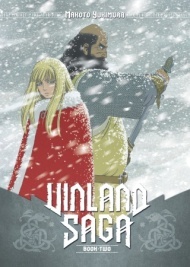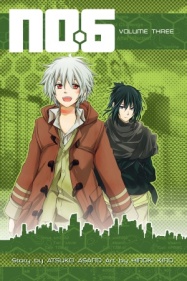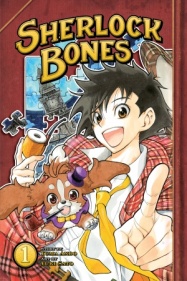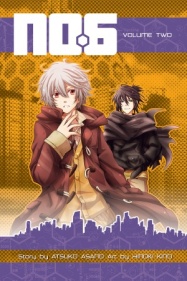Creator: Makoto Yukimura U.S. publisher: Kodansha ISBN: 9781612624211 Released: January 2014 Original release: 2006-2007 Awards: Japan Media Arts Award, Kodansha Manga Award The second Vinland …
No. 6, Volume 4
Creator: Hinoki Kino Original story: Atsuko Asano U.S. publisher: Kodansha ISBN: 9781612623580 Released: December 2013 Original release: 2012 Hinoki Kino's manga series No. 6 is an adaptation …
No. 6, Volume 3
Creator: Hinoki Kino Original story: Atsuko Asano U.S. publisher: Kodansha ISBN: 9781612623573 Released: October 2013 Original release: 2012 Hinoki Kino's No. 6 manga is one of two adaptations …
Vinland Saga, Omnibus 1
Creator: Makoto Yukimura U.S. publisher: Kodansha ISBN: 9781612624204 Released: October 2013 Original release: 2005 Awards: Japan Media Arts Award, Kodansha Manga Award Makoto Yukimura's …
Sherlock Bones, Volume 1
Author: Yuma Ando Illustrator: Yuki Sato U.S. publisher: Kodansha ISBN: 9781612624440 Released: September 2013 Original release: 2012 Sherlock Bones is currently a seven-volume manga series …
No. 6, Volume 2
Creator: Hinoki Kino Original story: Atsuko Asano U.S. publisher: Kodansha ISBN: 9781612623566 Released: August 2013 Original release: 2011 My introduction to Atsuko Asano's No. 6 was through …





